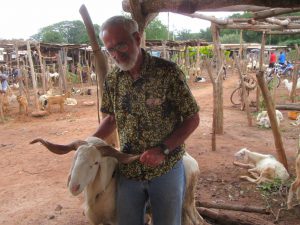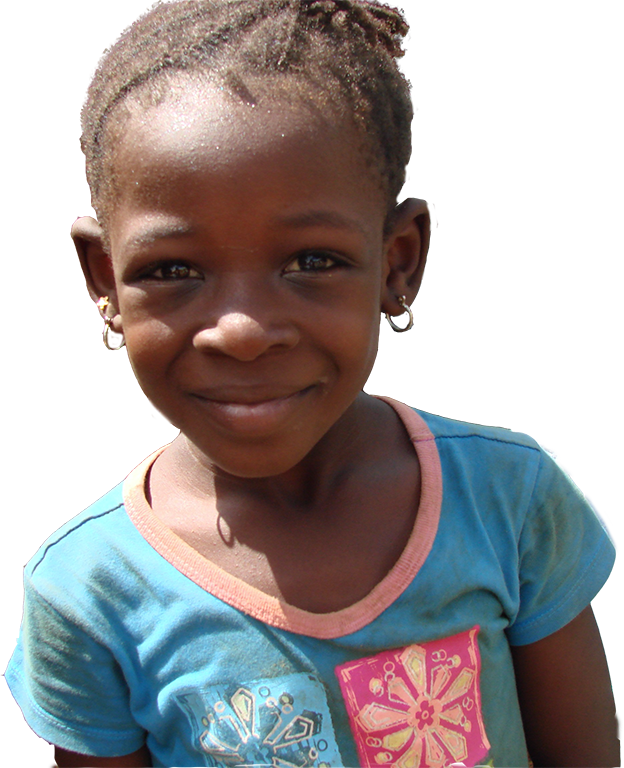
Preventing parasitic diseases in small ruminants
Aug. 6 | 2018
This past July, Farmer-to-Farmer volunteer Daniel K. Miller visited Mali, including one village in Katibougou (Katibougou Village) and four in the Bougouni area (Bougouni Village, Solla-Bougouda, Toula and Kle Sokoro). In each village, the participants were asked about the problems they faced related to the health and production of their small ruminants.
The problems were primarily related to high mortality around the time of weaning, before the small ruminants were old enough to sell. This appeared to be caused by a variety of parasitic infections, including a nematode called Haemonchus contortus. It lives in the abomasum and sucks blood. When numbers escalate, it can cause anemia resulting in death. The clinical signs are pale ocular mucous membranes and occasionally bottle jaw in more chronically affected animals. It is transmitted from the grass to grazing animals when the larvae that hatch from eggs in the feces get on the grass when it is covered by a thin water film. The larvae do not survive dry conditions very well, making this a problem primarily in the wet season.
Daniel taught the villages a variety of techniques for preventing and treating this infection. Participants were taught to feed only browse, not grass, because small ruminants will become infected when grazing contaminated pastures. They were instructed to check the eyelids of all animals and treat those that are somewhat pale every two weeks after the beginning of the wet season. Since the time from infection to egg laying is about two weeks, this will kill worms before they begin to lay eggs. Not treating those that are not anemic reduces the amount of drug used and prevents the worms from developing resistance to the drug. At the end of the wet season, sell any adults that needed repeated treatments in order to build a flock of animals genetically resistantto internal parasites. After 10 to 20 generations, the flock will be much more resistant and will need less treatment.
The villages also learned the importance of clean water and proper nutrition, including the addition of salt blocks and other mineral sources, either commercial or powdered termite mounds. Use of legume plants from the field (peanuts, cow peas) after harvest or the leaves and seed pods from legume trees (Leucaena, Glyricidia) and Moringa that were grown for forage are recommended as sources of protein although most leaves, not just legumes, are relatively high in protein compared to grass. Other sources of supplemental protein are bran, oil seed cake and cotton seeds.



